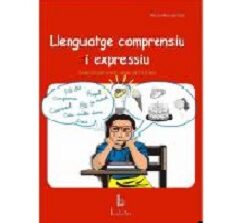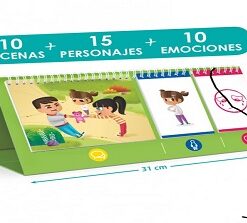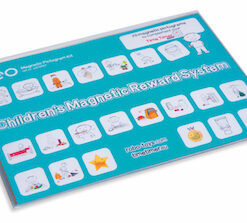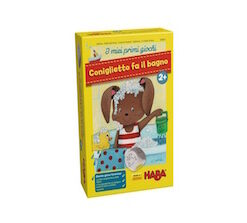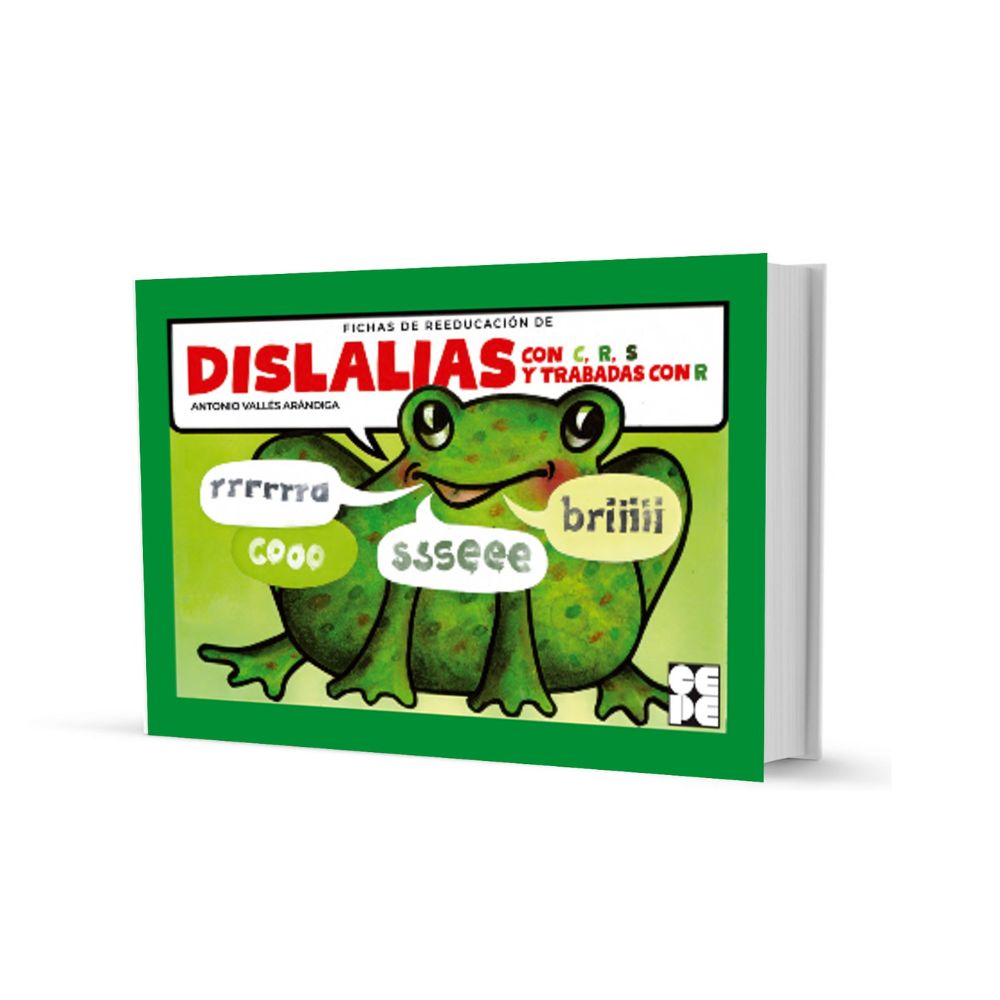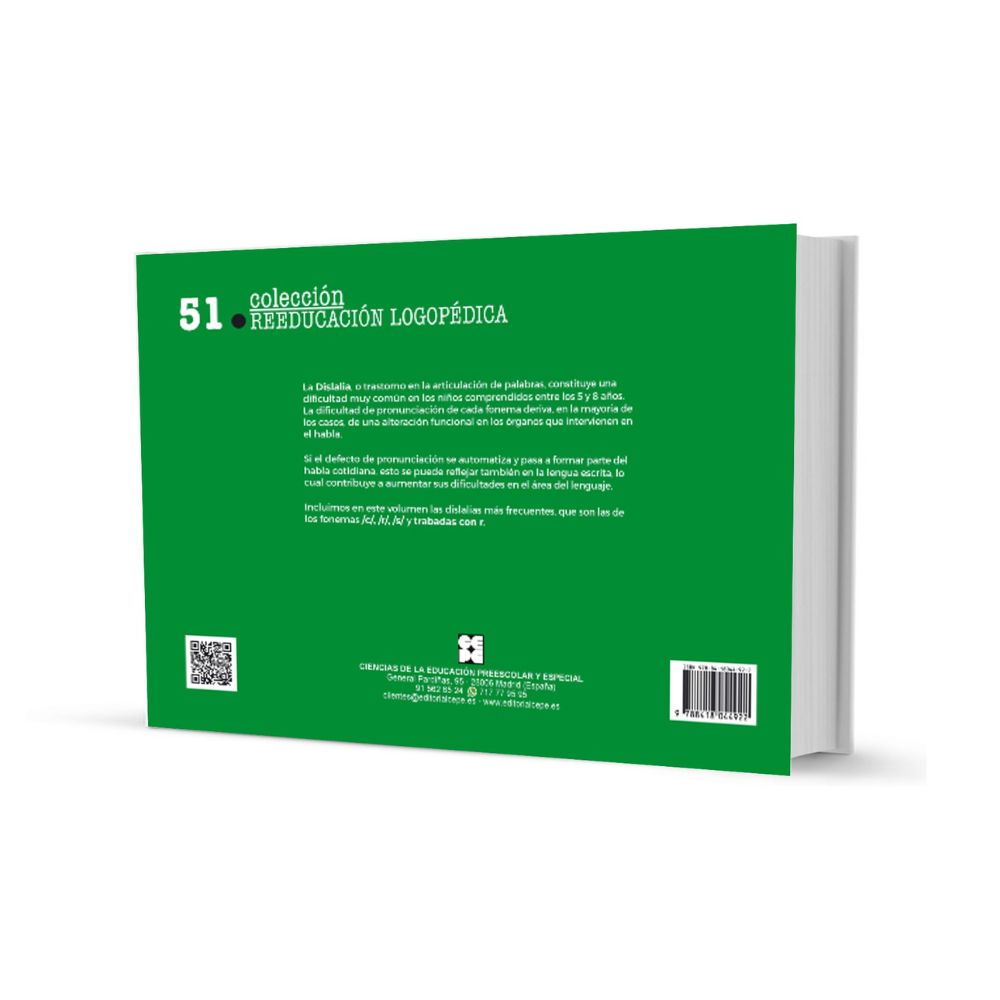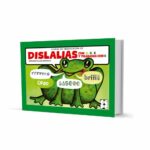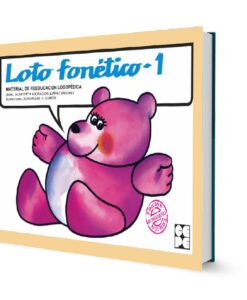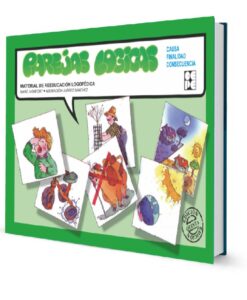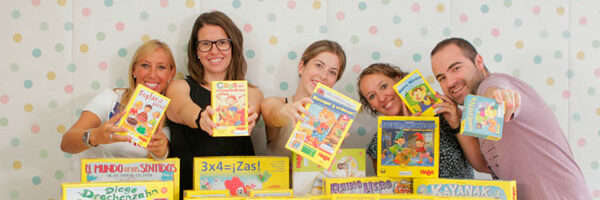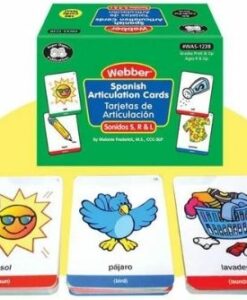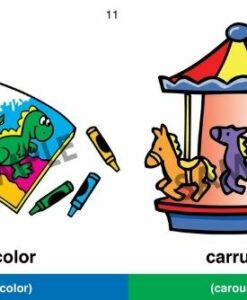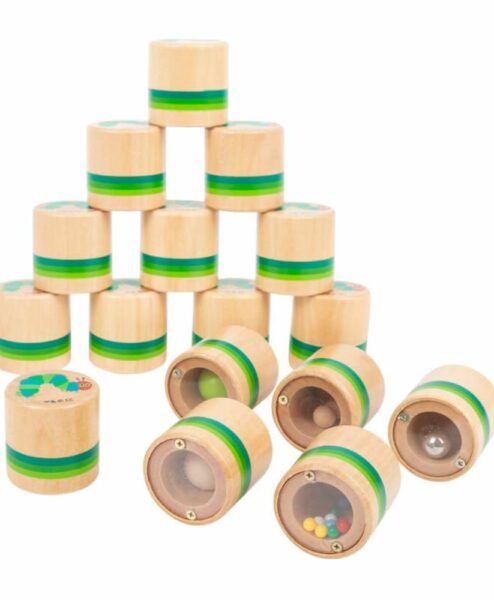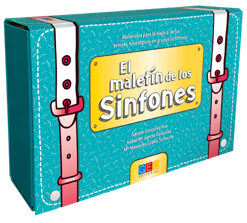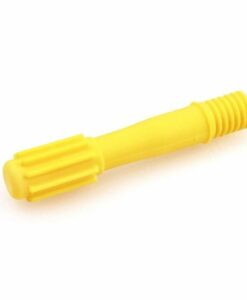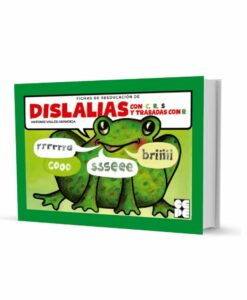Description
Dyslalia, or disorders in the articulation of words, is a very common problem in children between 5 and 8 years old. The difficulty of pronunciation of the phoneme in particular derives, in the vast majority of cases, of a functional alteration in the organs involved in speech, especially in poor positions of the lips, tongue, incorrect breathing, lack of vibration in the tongue, air leaks through the mouth, nose, teeth, etc..
These small problems constitute a serious problem, but they are very important aspects to take into account, since, if the erroneous mechanisms of defective pronunciation are established in these organs, the pronunciation defect becomes automatic and becomes part of the child’s daily speech, and is also reflected in the written language, which contributes to increase their difficulties in the area of language.
It is quite common for parents to start worrying that their 3-4-5 year old son or daughter is not pronouncing correctly. This issue, to a certain extent, is considered normal. There is what is called evolutionary dyslalia, which consists of the incorrect pronunciation of phonemes and constitutes a phase or period of time corresponding to that age in which the child begins to speak until, little by little, he or she manages to perfect his or her pronunciation around the age of 5-6 years. However, in some cases, these articulation problems persist because there are still some causes that originate and consolidate them; among them, for example: presence of lingual frenulum, fallen teeth with the consequent air leakage, dental arches of difficult overlapping, the tongue that has not learned to vibrate (case of the r) and other causes, such as the existence of models to imitate in the family or social environment.
In view of this problem, it is advisable to take it into account and pay due attention to it in order to train it to pronounce well each of the sounds corresponding to each letter of the alphabet, as well as the syllables and words.
This is the purpose of this book, which offers the child and the trainer a series of preventive exercises aimed at eliminating the risk of consolidating bad pronunciation habits, as well as specific re-education exercises corresponding to all phonemes and symphons (stuck syllables that are difficult to pronounce).
The exercises contained in the booklet should not be considered as a quick solution to articulatory defects in the correction of Dyslalia, but as a support material that, with the help of the reeducator or even the parents themselves, will allow the child to train in speech in a normalized and progressive way. This requires perseverance, constancy and continuity in the performance of the exercises. In any case it should be the speech therapy specialist who should direct the reeducation sessions to obtain the maximum possible benefit. However, and although it is not possible to count on specialized help, the notebook is very useful to correct the articulation difficulties.
The reeducator will control the suitability or adequacy of the exercises in the workbook to the child’s learning development, taking into account his or her training or not, in reading and writing, so that the level of execution of a 5-6 year old child will be different from the exercises or activities (reading, writing, dictation, etc.) carried out by a 7-8 year old child. The reeducator or the parents will apply the exercises to the child according to his or her psychological development and comprehension capacity. The exercises are valid for both criteria.







